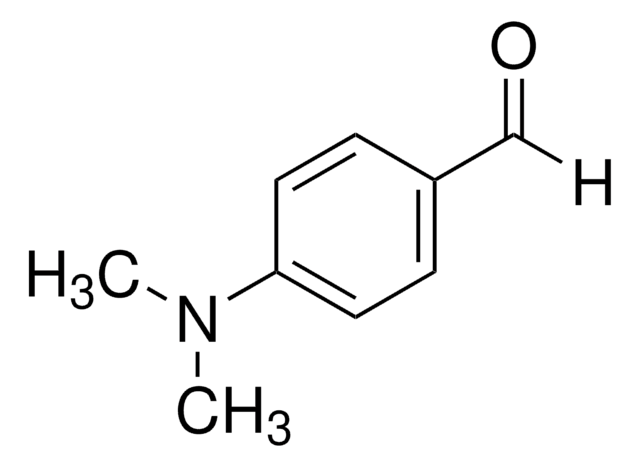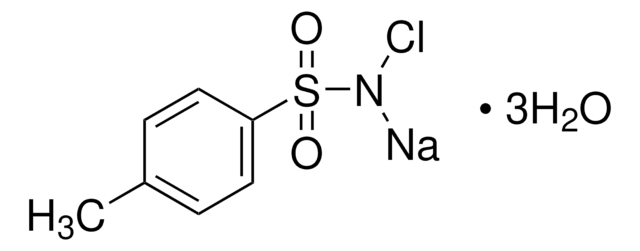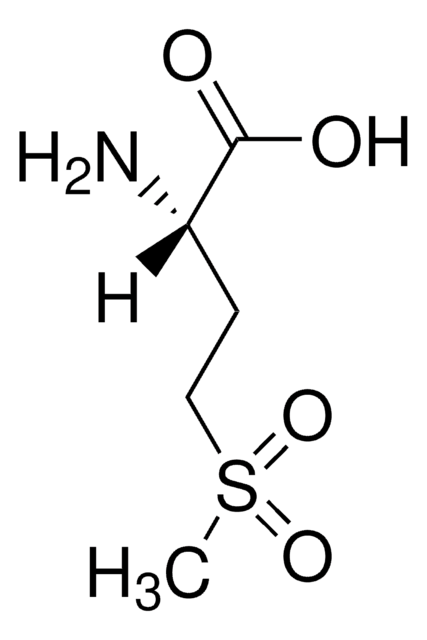56250
trans-4-Hydroxy-L-proline
≥99.0% (NT), BioXtra
Synonym(s):
(2S,4R)-4-Hydroxypyrrolidine-2-carboxylic acid, Hyp
About This Item
Recommended Products
Product Name
trans-4-Hydroxy-L-proline, BioXtra, ≥99.0% (NT)
product line
BioXtra
Quality Level
Assay
≥99.0% (NT)
form
solid
optical activity
[α]20/D −76.0±1.5°, c = 5% in H2O
impurities
≤0.3% foreign amino acids
ign. residue
≤0.1% (as SO4)
loss
≤0.1% loss on drying, 110 °C
color
colorless to white
mp
273 °C (dec.) (lit.)
anion traces
chloride (Cl-): ≤100 mg/kg
sulfate (SO42-): ≤100 mg/kg
cation traces
Ca: ≤10 mg/kg
Cd: ≤5 mg/kg
Co: ≤5 mg/kg
Cr: ≤5 mg/kg
Cu: ≤5 mg/kg
Fe: ≤5 mg/kg
K: ≤50 mg/kg
Mg: ≤5 mg/kg
Mn: ≤5 mg/kg
NH4+: ≤100 mg/kg
Na: ≤50 mg/kg
Ni: ≤5 mg/kg
Pb: ≤5 mg/kg
Zn: ≤5 mg/kg
application(s)
peptide synthesis
SMILES string
O[C@H]1CN[C@@H](C1)C(O)=O
InChI
1S/C5H9NO3/c7-3-1-4(5(8)9)6-2-3/h3-4,6-7H,1-2H2,(H,8,9)/t3-,4+/m1/s1
InChI key
PMMYEEVYMWASQN-DMTCNVIQSA-N
Looking for similar products? Visit Product Comparison Guide
Biochem/physiol Actions
Other Notes
Storage Class Code
11 - Combustible Solids
WGK
WGK 1
Personal Protective Equipment
Choose from one of the most recent versions:
Already Own This Product?
Find documentation for the products that you have recently purchased in the Document Library.
Customers Also Viewed
Our team of scientists has experience in all areas of research including Life Science, Material Science, Chemical Synthesis, Chromatography, Analytical and many others.
Contact Technical Service



